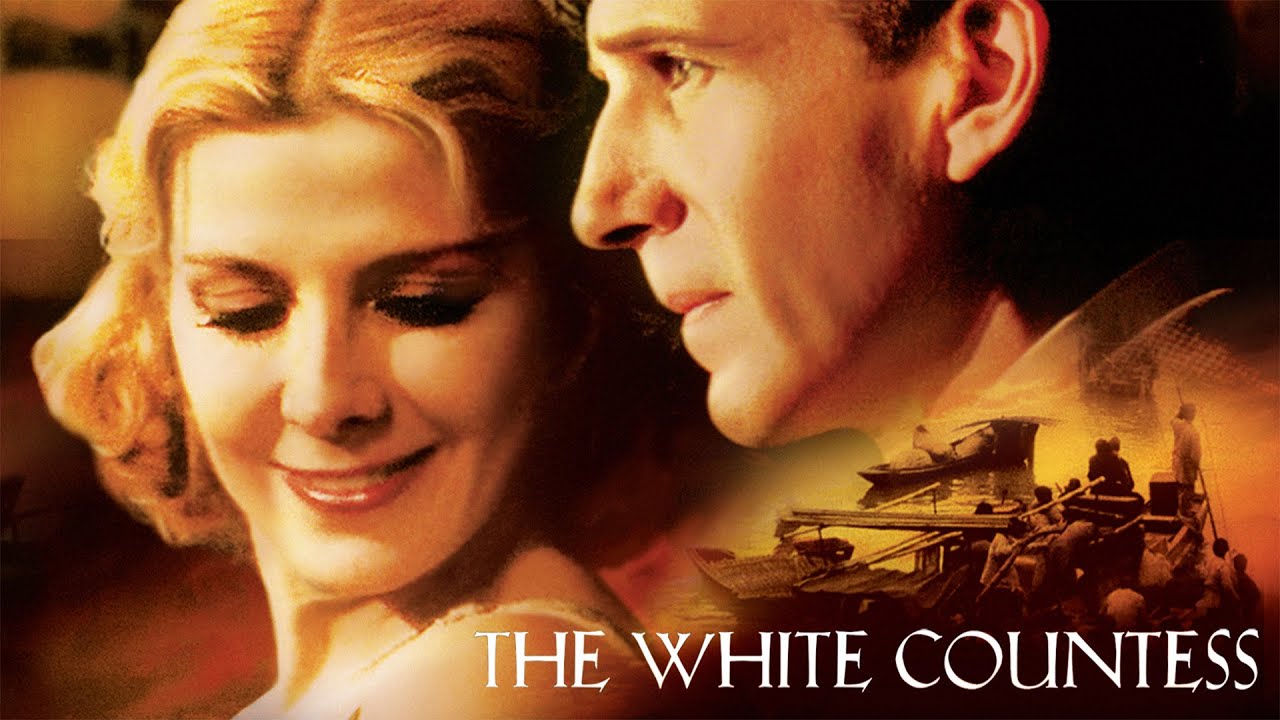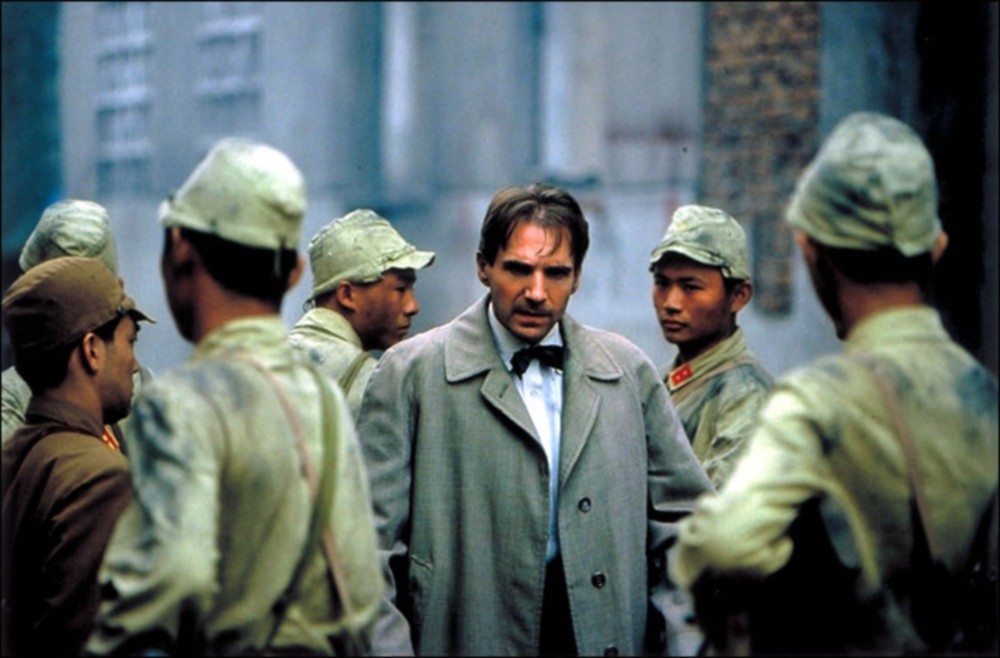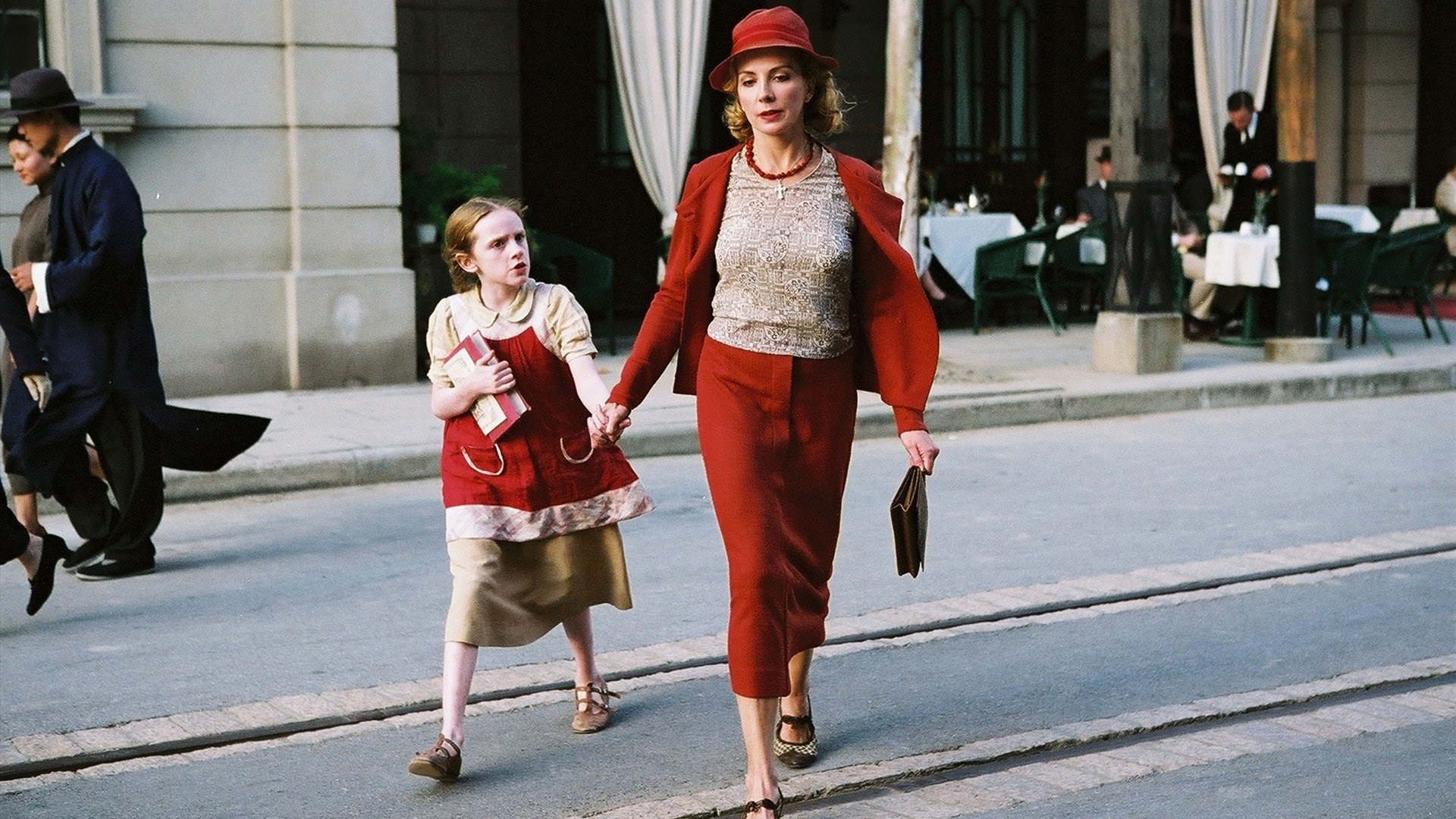The White Countess (2005)

The White Countess (2005) is a historical drama directed by James Ivory, set in 1930s Shanghai. The film stars Ralph Fiennes, Natasha Richardson, Vanessa Redgrave, Hiroyuki Sanada, Lynn Redgrave, Allan Corduner, and Madeleine Potter. Based on a screenplay by Kazuo Ishiguro, the movie offers a rich and emotionally layered story of love, loss, and survival against the backdrop of a turbulent political era. The film explores the lives of its characters as they navigate personal and societal struggles, creating a poignant narrative of hope amidst hardship.
At the heart of The White Countess is the relationship between two deeply complex characters: the aristocratic widow, Countess Sofia, played by Natasha Richardson, and the blind American diplomat, Todd Jackson, portrayed by Ralph Fiennes. Sofia, once a member of Russian aristocracy, has fallen into poverty after the fall of the Tsarist regime. She struggles to support her daughter while grappling with the loss of her past life. Todd, a former diplomat whose blindness is a result of a tragic accident, has been left emotionally scarred. The two meet in Shanghai, where their unlikely connection begins to grow as they bond over their shared experiences of pain and loss.
The film explores themes of survival, resilience, and the impact of war and revolution on personal identities. Set in the politically charged atmosphere of 1930s Shanghai, the story also touches on the larger social and political struggles of the time, including the effects of World War I and the rise of communism in China. As the characters face the uncertainty of their futures, the film delves into their emotional landscapes, portraying how individuals navigate love and trauma while trying to find meaning in their lives.

What makes The White Countess particularly compelling is its beautiful cinematography and the richness of the historical setting. The film captures the opulence and decay of Shanghai’s pre-World War II era, highlighting the contrast between the glamorous lives of the aristocracy and the struggles of those caught in the shifting political tides. The intricate set designs and costumes further immerse the audience in the world of 1930s Shanghai, creating a visually stunning backdrop for the characters’ emotional journeys.

In conclusion, The White Countess is a deeply emotional and visually captivating film that offers a compelling exploration of love, loss, and survival. The performances by the cast, particularly Ralph Fiennes and Natasha Richardson, are exceptional, bringing depth and nuance to the characters’ complex emotions. The film’s rich historical setting, combined with its poignant narrative, makes it a memorable and thought-provoking piece of cinema. It is a must-watch for those who appreciate historical dramas that delve into the human experience and the enduring power of love in times of adversity.











